Here we discuss the brief overview of different In-House testing methods carried out for RTD assemblies in the Calibration Laboratory.
RTD Testing Methods
The below list shows the different testing methods.
1. Calibration
RTD calibration can be done as per IEC 751 / DIN 43760 Class A & B.
Normally test is conducted for two points (i.e. 00 C & 1000 C), 3 point calibration or more can be followed.
2. Insulation Resistance Test at ambient (room temp.) at 500 VDC
It should be more than 100 M ohms.
3. Insulation Resistance Test at 3200 C at 100 V DC
IR should be more than 2 M ohms. More than 20 M ohms also can be offered.
4. N2 leakage test
For the RTD sensor, after cap welding, the N2 leakage test should be carried out no leakage should be observed at 40 kg/cm2.
5. Response time test
Response time test as per IEC 751 – (63.2% step change from ambient to 800C).
For RTD without transmitter – 6 to 9 sec up to 6 mm OD of sheath.
For RTD with thermowell – the response time will be 35 to 45 sec.
6. Special test
Autoclave test – RTD kept in steam @ 1250C & at 1.2 kg/cm2 for about 1 hour.
IR should be more than 5 M Ohms.
7. Continuity Test
By using continuity tester/multimeter – This test is used to confirm the element is connected properly to the RTD transducer cable.
8. Sheath Integrity Test
Water Immersion test – To check the sheath integrity of thermocouple / MI RTD cable.
9. Response time test with RTD connected to the pipe
Response time test for RTD with RTD connected to pipe on its outside surface to which water is flowing @ 20 ltrs. per second & @ 800C. The acceptance norm is less than 20 seconds.
10. Self-heating error test
It is in accordance with IEC 751
source: Prisma Instruments
Read Next:
- Formulas of RTD
- Calibration of RTD
- Four-wire RTD Circuit
- Terminations of RTD
- RTD Wheatstone Bridge
- Different Standards for RTD
- Temperature Error of RTD
- Lead Wire Resistance Error
- Interview Questions on RTD
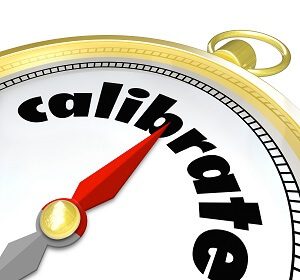
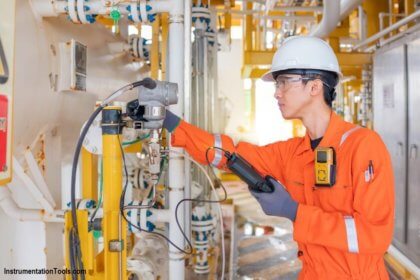
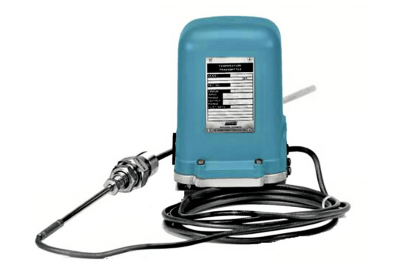
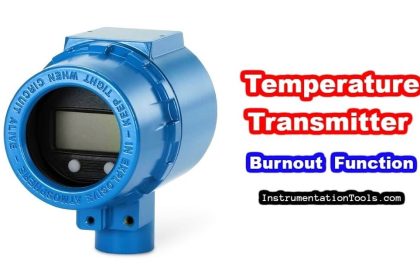

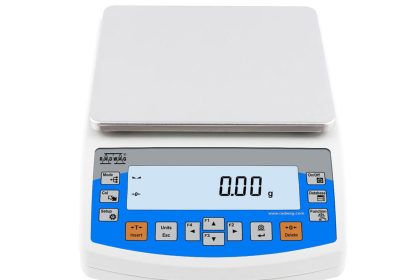
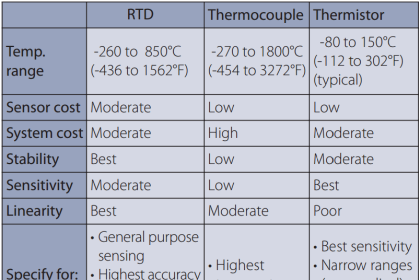
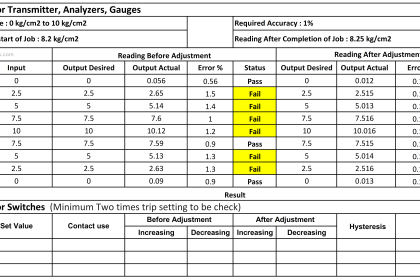
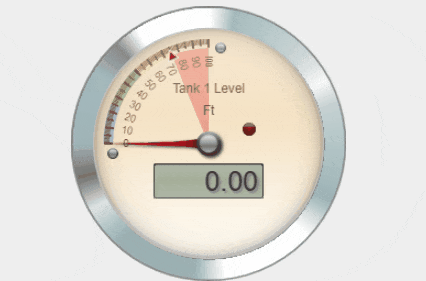
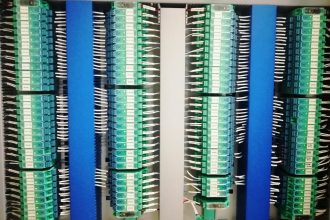

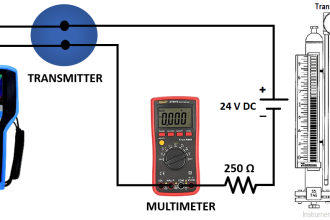
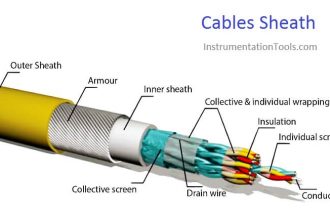

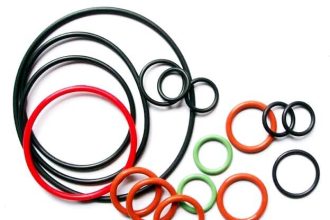
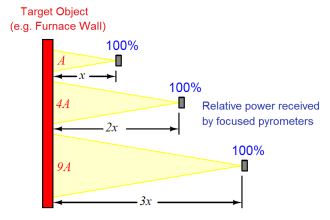

This is very important my knowledge